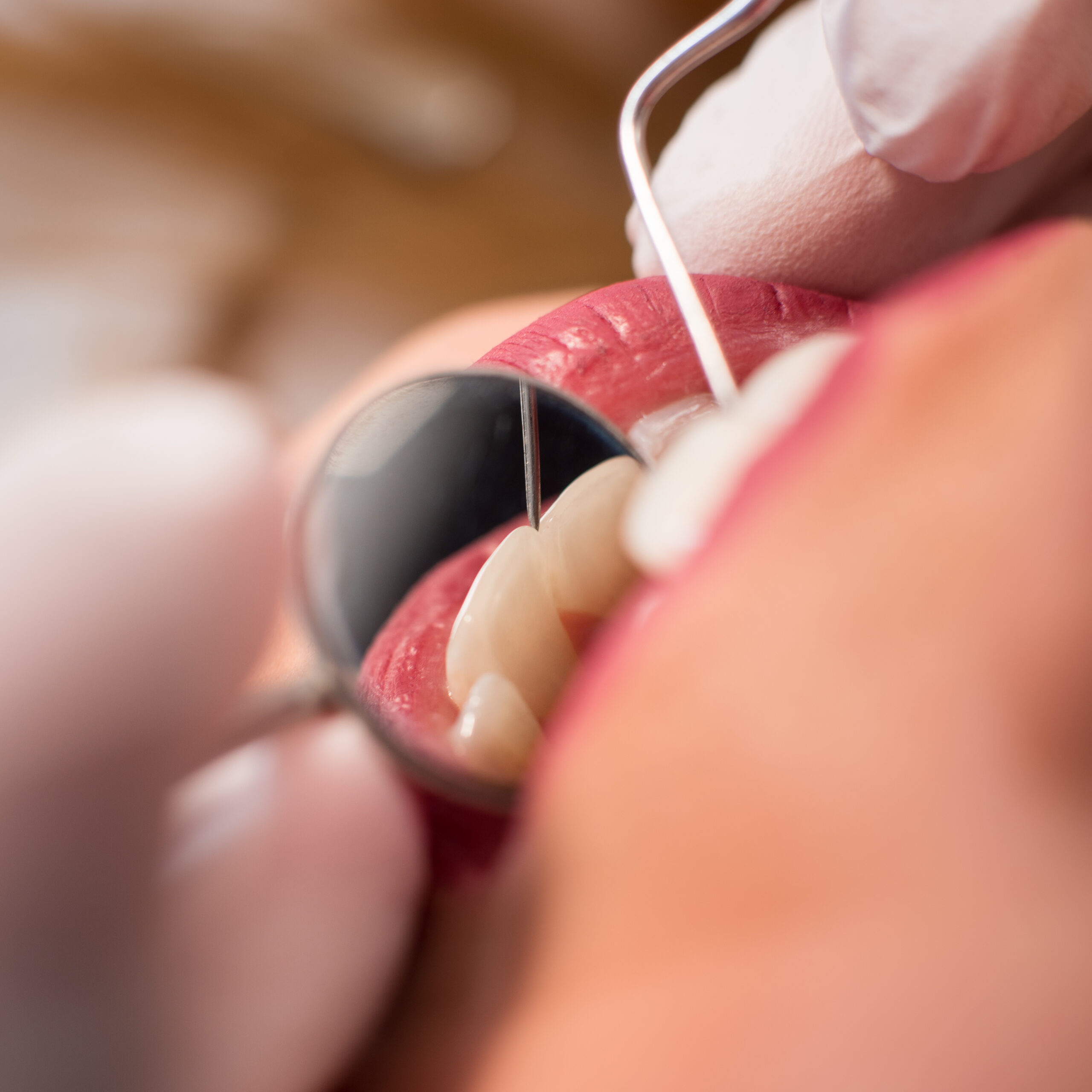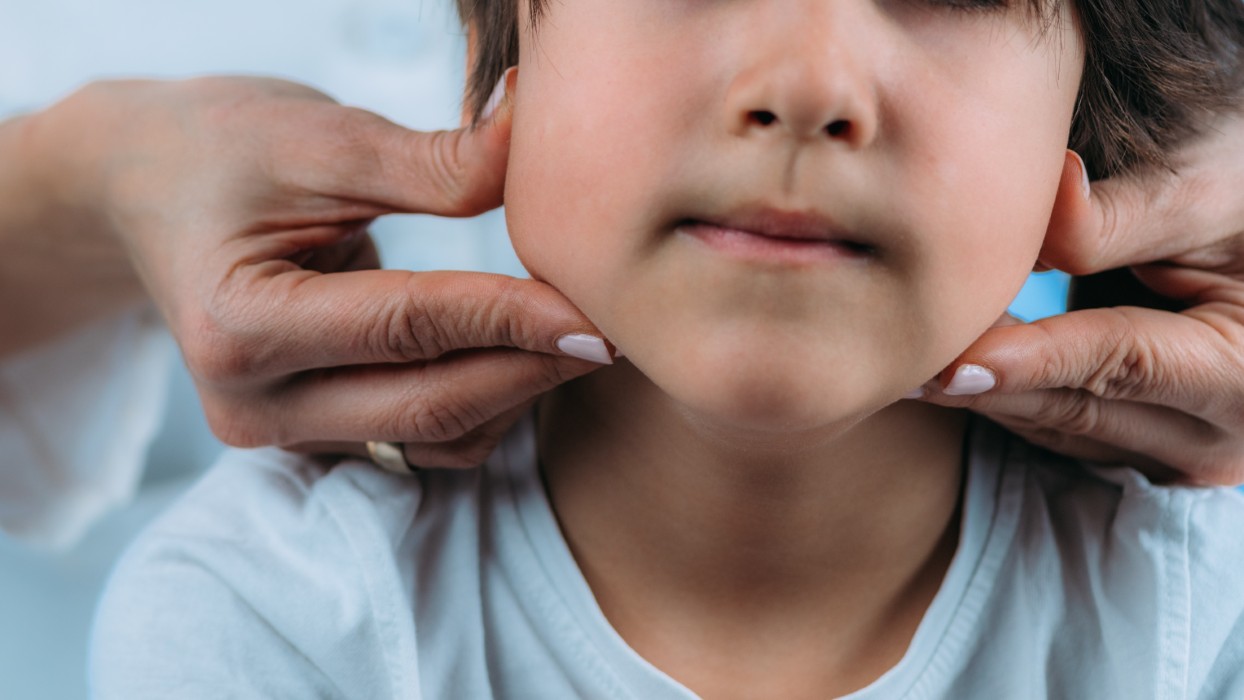Mouth breathing affects millions of people worldwide, yet many don’t realize the significant impact it has on their oral and overall health. While it might seem like a harmless habit, chronic mouth breathing can lead to serious dental complications, from dry mouth and cavities to altered facial development in children. Understanding these connections is crucial for maintaining optimal oral health and preventing long-term complications.
This comprehensive guide explores the hidden dangers of mouth breathing, its effects on your dental health, and practical solutions to help you breathe better for a healthier smile. Whether you’re dealing with chronic dry mouth, frequent cavities, or concerned about your child’s breathing patterns, this information will help you make informed decisions about your oral health care.
Why Does Our Body Prefer Nasal Breathing?
The nose is the primary pathway for air intake. The nasal cavity plays a role in:
- Filtration: Tiny hairs (cilia) and mucus trap dust, allergens, and pathogens, preventing them from entering the lungs.
- Humidification: The nasal passages welcome moisture to the incoming air, preventing dryness and irritation in the lungs.
- Temperature regulation: They help regulate the temperature of inhaled air, balancing it with the body’s temperature for better lung function.
- Nitric oxide production: The nose produces nitric oxide, a gas that relaxes blood vessels, improves circulation, and enhances oxygen delivery throughout the body.
Conversely, mouth breathing bypasses these vital benefits of nasal breathing, leading to dental health issues.
The Hidden Dangers of Mouth Breathing for Your Oral Health
Dry Mouth: The Silent Destroyer
When you breathe through your mouth instead of your nose, you bypass the natural humidifying process that occurs in your nasal passages. This leads to dry mouth, a condition that significantly impacts your oral health in several ways.
Saliva plays a crucial role in maintaining oral health by neutralizing acids produced by bacteria, washing away food particles, and providing essential minerals to strengthen teeth. When mouth breathing reduces saliva production, your mouth becomes vulnerable to bacterial overgrowth and acid attacks that can damage your teeth and gums. It will change the balance in oral microbiome and automatically reflect on your gut flora.
The consequences of chronic dry mouth extend beyond simple discomfort. Without adequate saliva flow, harmful bacteria multiply rapidly, creating an environment where dental problems flourish. This explains why mouth breathers often experience more frequent cavities and gum issues compared to those who breathe primarily through their nose.
Increased Risk of Cavities and Gum Disease
Mouth breathing creates the perfect storm for dental problems. The reduced saliva flow allows acid-producing bacteria to thrive, leading to enamel erosion and cavity formation. Additionally, the altered pH balance in your mouth makes it harder for your natural defense mechanisms to protect your teeth.
Gum disease and bad breath often follow as secondary complications. When your mouth remains dry for extended periods, bacteria accumulate along the gum line, causing inflammation and infection. This bacterial buildup not only leads to periodontal disease but also contributes to persistent bad breath that doesn’t improve with regular brushing alone.
The increased risk becomes even more pronounced during sleep when mouth breathing is most common. Throughout the night, your mouth remains dry and bacteria-rich, allowing dental problems to develop uninterrupted for hours at a time.

Bad Breath and Its Connection to Mouth Breathing
Bad breath, or halitosis, is one of the most noticeable consequences of chronic mouth breathing. When saliva production decreases, bacteria that cause bad breath multiply freely in your oral cavity. These bacteria produce sulfur compounds that create the characteristic unpleasant odor associated with chronic mouth breathers.
Unlike temporary bad breath from certain foods, mouth breathing-related halitosis persists throughout the day and often worsens upon waking. This occurs because overnight mouth breathing creates an extended period of bacterial growth without the cleansing action of normal saliva flow.
Mouth Breathing’s Impact on Overall Wellness
Sleep Disturbances and Chronic Fatigue
Mouth breathing significantly affects sleep quality, creating a cycle of poor rest and daytime fatigue. When you breathe through your mouth during sleep, you’re more likely to experience disrupted sleep patterns, frequent awakenings, and less restorative deep sleep phases.
This poor sleep quality leads to chronic fatigue, reduced cognitive function, and decreased productivity during the day. Many people don’t realize that their persistent tiredness might be connected to their breathing patterns during sleep.
The relationship between mouth breathing and sleep disorders becomes particularly important when considering conditions like sleep apnea. Mouth breathing can both contribute to and result from sleep-disordered breathing, creating a complex web of health issues that require professional evaluation and treatment.
Dehydration from dry mouth can contribute to morning headaches as well.

Altered Facial Development in Children
Perhaps one of the most concerning consequences of chronic mouth breathing occurs in growing children. When children consistently breathe through their mouths, it can significantly impact their facial and dental development.
Proper nasal breathing helps guide normal facial growth patterns. The tongue naturally rests against the roof of the mouth during nasal breathing, which helps expand the upper jaw and create adequate space for teeth alignment. Mouth breathing disrupts this natural process, potentially leading to narrow dental arches, crowded teeth, and altered facial proportions.
Children who are chronic mouth breathers may develop what’s known as “adenoid face” or “long face syndrome,” characterized by a narrow face, high palate, and protruding upper teeth. These changes, once established, often require extensive orthodontic treatment to correct and may have lasting effects on both appearance and function.

Identifying Mouth Breathing Patterns
Physical Signs and Symptoms
Recognizing mouth breathing in yourself or your family members is the first step toward addressing the problem. Common physical signs include waking up with a dry mouth, chronic bad breath that doesn’t improve with brushing, and frequent throat clearing or coughing.
Other indicators include forward head posture, dark circles under the eyes, and chronic nasal congestion. Children may exhibit additional signs such as difficulty concentrating, hyperactivity, or behavioral issues that could be related to poor sleep quality from mouth breathing.
Sleep-Related Warning Signs
Many mouth breathing symptoms become more apparent during sleep. Snoring, restless sleep, and waking feeling unrefreshed despite adequate sleep time can all indicate nighttime mouth breathing. Partners may notice gasping, choking sounds, or periods where breathing appears to stop temporarily during sleep.
Bedwetting in children, night sweats, and frequent awakenings can also signal sleep-related breathing issues that may involve mouth breathing patterns.
Common Causes of Mouth Breathing
Nasal Obstruction and Structural Issues
Understanding what causes mouth breathing helps determine the most appropriate treatment approach. Nasal obstruction is one of the most common causes, which can result from various factors including chronic allergies, deviated nasal septum, or nasal polyps.
Enlarged tonsils or adenoids frequently contribute to mouth breathing, especially in children. These enlarged tissues can block the upper airway, forcing the person to breathe through their mouth to get adequate air flow.
Medical Conditions and Lifestyle Factors
Certain medical conditions predispose individuals to mouth breathing. Asthma, chronic sinus infections, and gastroesophageal reflux disease (GERD) can all contribute to breathing difficulties that lead to mouth breathing patterns.
Lifestyle factors such as poor posture, stress, anxiety, and certain medications can also influence breathing patterns. Understanding these contributing factors helps healthcare providers develop comprehensive treatment plans that address root causes rather than just symptoms.
Childhood habits, like continuous thumb sucking or pacifier use can lead to the development of a mouth breathing habit.
Professional Solutions for Mouth Breathing
The Role of Airway Dentistry
Modern dentistry has evolved to recognize the critical connection between breathing patterns and oral health. Airway dentistry focuses on identifying and treating structural issues that affect breathing, offering comprehensive solutions for mouth breathing problems.
At ROZE BioHealth Clinic, our airway-centered approach evaluates how your oral structures affect your breathing patterns. This specialized field addresses the root causes of breathing disorders by optimizing oral and airway structures rather than simply treating symptoms.
Advanced Treatment Options
Professional treatment for mouth breathing may include custom oral appliances that help reposition the jaw and tongue to maintain open airways. These devices are particularly effective for addressing sleep-related breathing issues and can significantly improve both sleep quality and oral health.
Myofunctional therapy represents another innovative approach, involving specialized exercises that strengthen and retrain the muscles involved in breathing, swallowing, and proper tongue posture. This therapy helps establish healthy nasal breathing patterns and correct oral habits that contribute to mouth breathing.
When to Consult a Healthcare Professional
Persistent mouth breathing, especially when accompanied by sleep disturbances, chronic fatigue, or dental problems, warrants professional evaluation. Early intervention is particularly important for children, as addressing mouth breathing during developmental years can prevent long-term complications.
Signs that indicate the need for professional consultation include chronic dry mouth despite adequate hydration, frequent cavities despite good oral hygiene, persistent bad breath, snoring, or sleep disturbances that affect daily functioning.
The ROZE BioHealth Approach to Airway Health
At ROZE BioHealth Clinic, we understand that mouth breathing is often a symptom of underlying structural or functional issues that require comprehensive evaluation and treatment. Our biological and holistic approach to dental care recognizes the interconnection between breathing patterns, oral health, and overall wellness.
Dr. Laura Maañón, our Airway and Functional Dentist and Sleep Medicine Specialist, brings specialized training from renowned institutions including The Breathe Institute in Los Angeles and the European Academy of Dental Sleep Medicine. Her expertise in airway dentistry, combined with IAOMT SMART certification, ensures that patients receive safe, effective, and biologically-focused treatment.
Our comprehensive approach includes advanced diagnostic tools such as 3D cone beam CT scanning and digital airway analysis to precisely evaluate your breathing passages and identify optimal treatment strategies. We work collaboratively with other healthcare specialists to ensure complete care for complex cases.
Simple Steps You Can Take Today
Immediate Strategies for Better Breathing
While professional treatment may be necessary for chronic mouth breathing, there are steps you can take immediately to promote better breathing habits. Practice nasal breathing during daily activities by consciously closing your mouth and breathing through your nose, even during light exercise.
Nasal rinsing with a saline solution helps relieve congestion, making it easier to breathe through the nose and reducing mouth breathing. You can use a neti pot or squeeze bottle to irrigate your nasal passages with a homemade or commercial saline solution.
Maintain good posture throughout the day, as forward head posture can compress airways and promote mouth breathing. Simple posture awareness and strengthening exercises can help maintain proper alignment that supports healthy breathing patterns.
Creating a Sleep Environment for Nasal Breathing
Optimize your sleep environment to promote nasal breathing by using a humidifier to maintain adequate moisture levels in your bedroom. Elevating your head slightly during sleep can also help maintain open airways and reduce the tendency to mouth breathe.
Address any environmental factors that might contribute to nasal congestion, such as dust, allergens, or dry air. Regular nasal irrigation with saline solutions can help maintain clear nasal passages and promote nasal breathing.
Your Path to Better Breathing and Optimal Oral Health
Mouth breathing affects far more than just how you breathe—it impacts your dental health, sleep quality, facial development, and overall wellness. The connection between breathing patterns and oral health is complex, but understanding these relationships empowers you to make informed decisions about your health care.
Whether you’re dealing with chronic dry mouth, frequent dental problems, or concerned about your child’s breathing patterns, professional evaluation and treatment can make a significant difference in your quality of life. The advanced airway dentistry approaches available today offer effective solutions that address root causes rather than just managing symptoms.
Don’t let mouth breathing compromise your health and well-being. The expert team at ROZE BioHealth Clinic is ready to help you breathe better, sleep better, and achieve optimal oral health through our comprehensive, biological approach to airway dentistry.
Take the first step toward better breathing and improved oral health by scheduling a consultation with Dr. Laura Maañón, our specialist in airway and functional dentistry.
Contact ROZE BioHealth Clinic at Villa 747, Jumeirah Beach Road, Umm Suqeim 2, Dubai, or call +971 4 388 1313 to begin your journey toward optimal airway health and wellness.

